My mom used to always pack us onigiri growing up. Onigiri, also known as Japanese rice balls, are a beloved staple in Japanese cuisine, cherished for their simplicity, versatility, and portability.

Traditionally made with steamed white rice shaped into triangular, oval, or cylindrical forms, onigiri are often wrapped in a sheet of nori (seaweed) and can be filled with a variety of ingredients such as umeboshi (pickled plum), grilled salmon, tuna with mayonnaise, or kombu (simmered seaweed).
One of the reasons onigiri are so popular is their convenience. They are perfect for bento boxes, picnics, road trips, or quick snacks on the go. In Japan, you can find onigiri in nearly every convenience store, showcasing an array of flavors and fillings to suit every taste. The combination of seasoned rice and flavorful fillings makes onigiri a great treat that can be enjoyed any time of day.
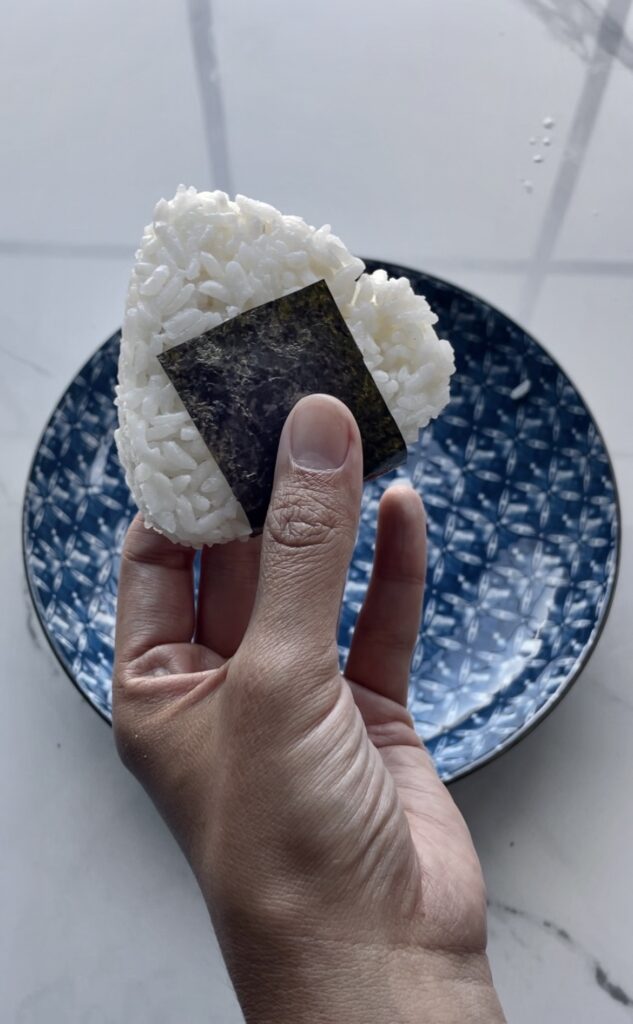
Onigiri Fillings
When it comes to onigiri fillings, the possibilities are endless – seafood being one of the most popular choices. Here are some of the most popular seafood fillings for onigiri that you’ll see in Japan:
- Umeboshi (梅干し) – Pickled plum; tart, salty, and a traditional favorite
- Shiozake (塩鮭) – Salted grilled salmon, often flaked
- Tuna Mayo (ツナマヨ) – Canned tuna mixed with Japanese mayo; very popular at konbini
- Mentaiko (明太子) – Spicy cod roe, often raw or lightly cooked
- Chicken Karaage – Fried chicken chunks (some onigiri even include the whole karaage piece)
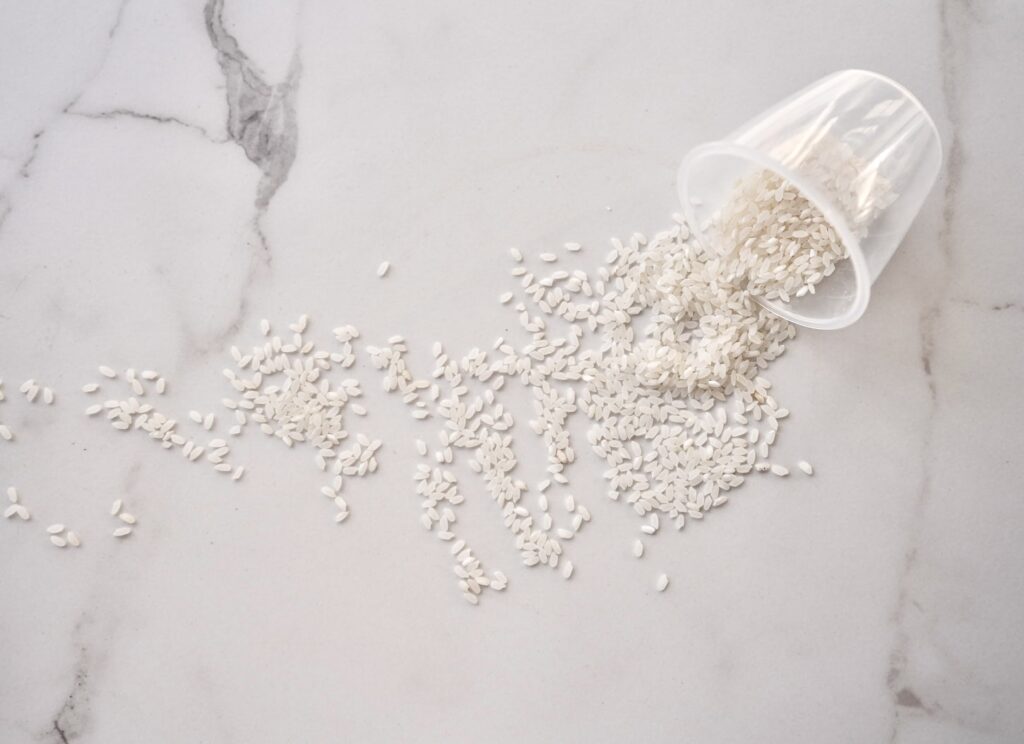
What Type of Rice to Use
Choosing the right type of rice can be confusing, especially with so many varieties available. From long-grain basmati to aromatic jasmine rice, each type has its own texture and flavor. In Japanese cooking, however, Japanese short-grain or medium-grain rice is almost always the go-to choice.
Short-grain rice, often labeled as sushi rice, is particularly prized for its soft and chewy texture, which pairs beautifully with traditional Japanese dishes. Medium-grain rice is a great alternative if short-grain isn’t available (I actually almost always use medium-grain myself because it’s generally cheaper where I live!). Both are ideal for recipes like this one, where the rice’s stickiness helps meld the flavors into every bite.
Recommended Rice Cookers
Do I need to have a fancy rice cooker to make this meal? NO! Just like anything, generally, the higher the quality, the better. But you can make my rice cooker meals in a cheap rice cooker, too!
Click the rice cooker photos to see my favorite rice cookers. I included a budget-friendly rice cooker I love! I use the Tiger 5.5-cup model shown. About 1/2 cup of Japanese short- or medium-grain rice makes 1 serving.
Key Features to Look For in a Rice Cooker:
- Steaming Basket or Tray: Allows you to steam vegetables or cook other ingredients while the rice cooks.
- Multiple Cooking Functions: Ensure it has settings for steaming, slow cooking, and possibly even baking.
- Non-Stick Inner Pot: Makes cleaning easier and prevents sticking.
- Timer and Keep Warm Function: Useful for planning meals ahead of time and keeping them warm until you’re ready to eat.
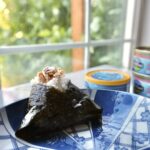
How to Make Onigiri (Japanese Rice Balls) at Home
Description
Onigiri, also known as Japanese rice balls, are a traditional snack or meal in Japan, consisting of steamed rice formed into triangular or cylindrical shapes and often wrapped in nori (seaweed).
Ingredients
- 1 cup (must be Japanese short-grain or medium grain rice because it is sticky), cooked
- 1–2 sheets of nori (dried seaweed)
- Salt
Fillings Ideas:
- 1 tablespoon tuna + 1 tablespoon Japanese goma dressing, mixed
- 1 tablespoon salmon + 1 teaspoon cream cheese + 1/2 tablespoon Kewpie, mixed
- 1 tablespoon pickled vegetables/fruits: Umeboshi, Kimchi, Takuan, etc.
Instructions
*Lightly salt your rice to taste*
- Cut a sheet of nori (seaweed) into a triangle shape with two equal sides and one longer side. Lay it flat (rough side up, smooth/shiny side down), pointing down.
- Place a small handful of rice (between 1/3-1/2 cup) in the center of the nori triangle.
- Place your fillings directly on top of the rice.
- Fold the bottom tip of the triangle up to cover the bottom part of the onigiri.
- Next, fold the left and right sides of the nori over the onigiri, wrapping it snugly. The nori should stick to the rice naturally. If it doesn’t, I place a couple grains of rice under the second fold as a “glue”.
- Gently press the nori onto the rice to ensure it sticks and holds its shape.
Nutrition
- Serving Size: 2 onigiri

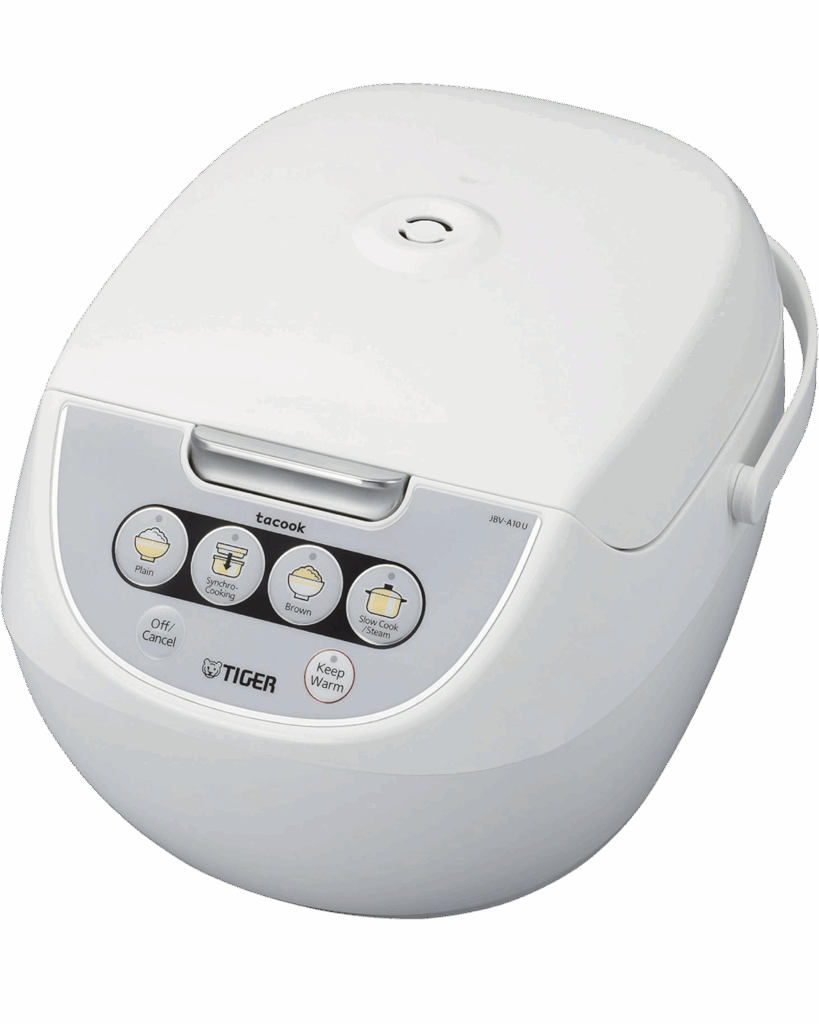
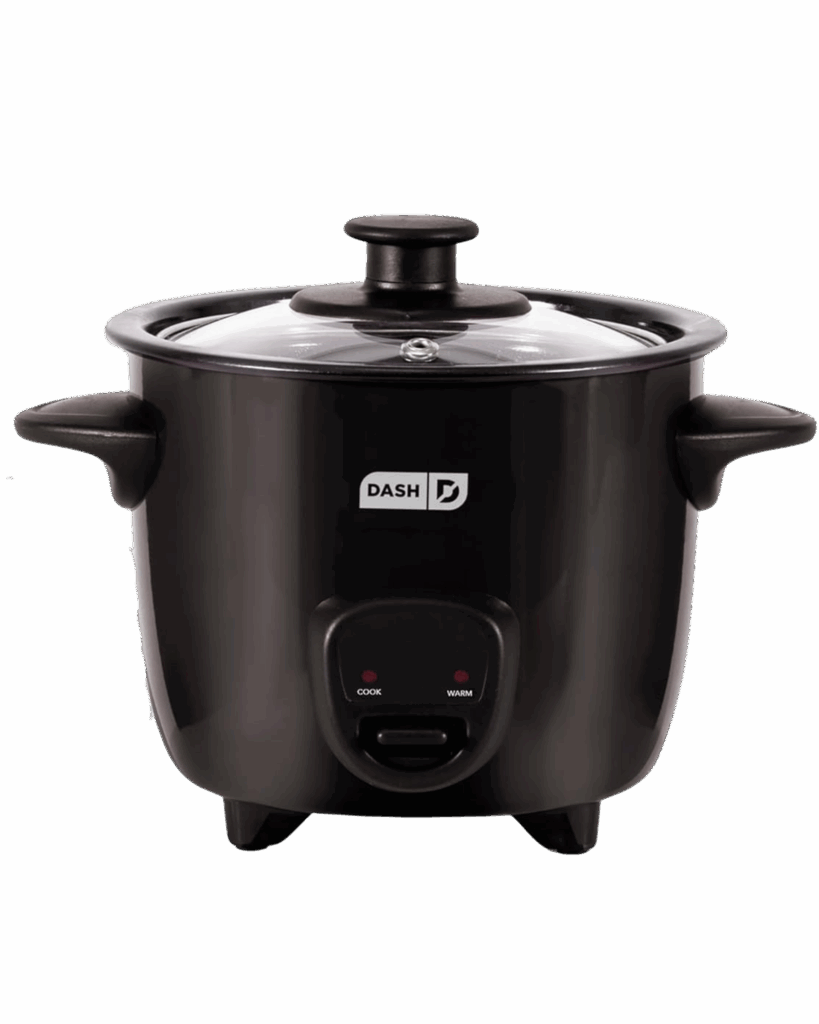



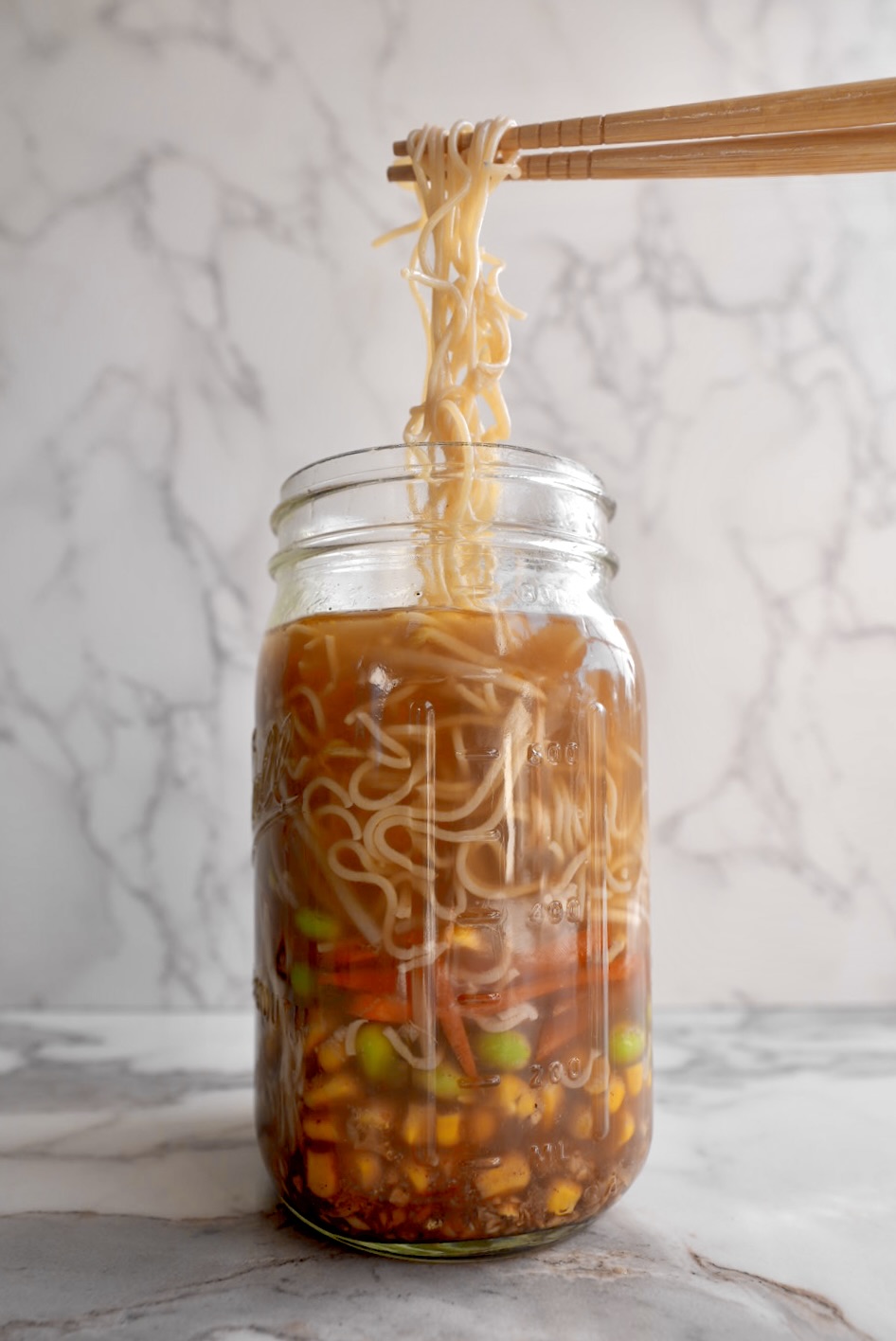
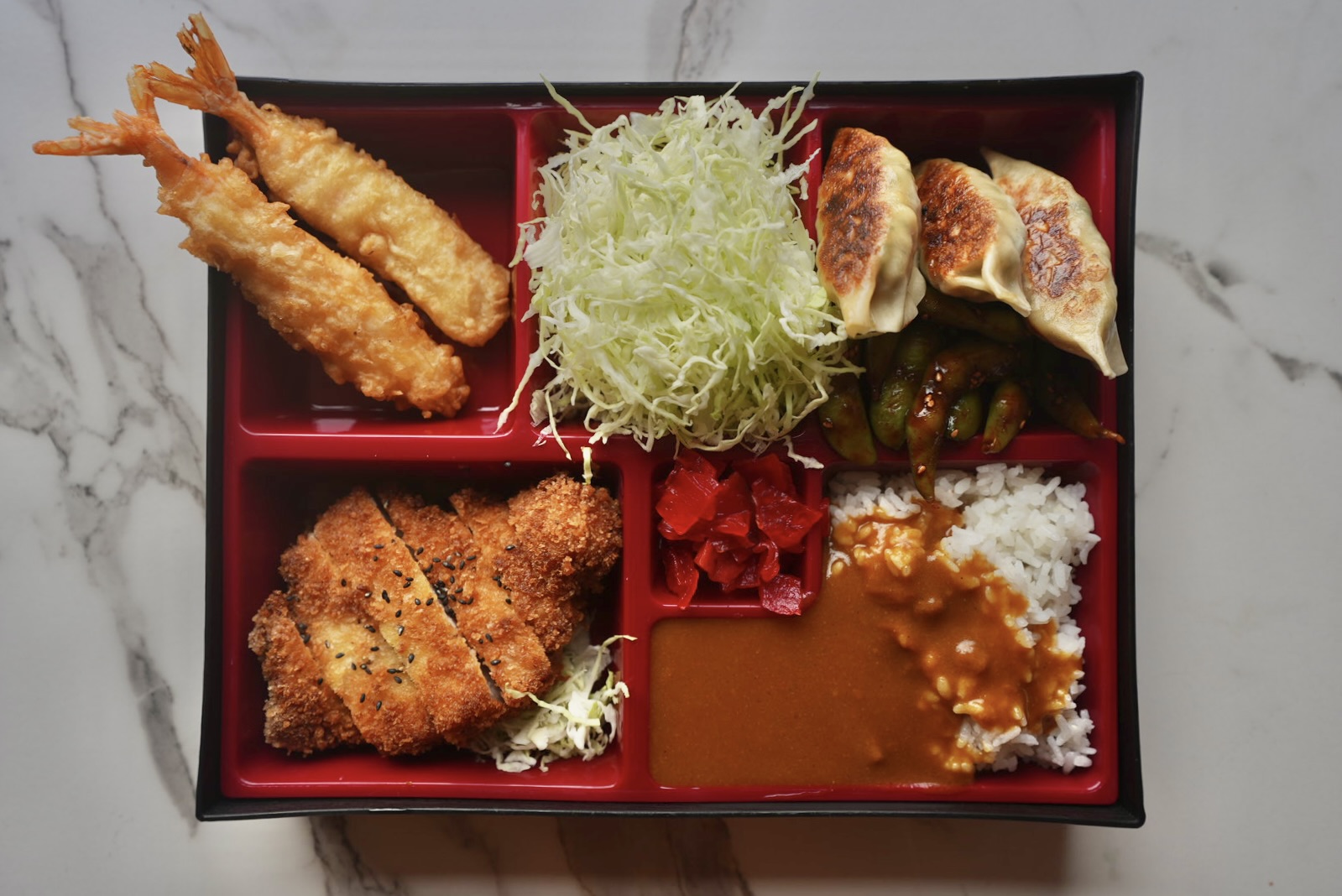
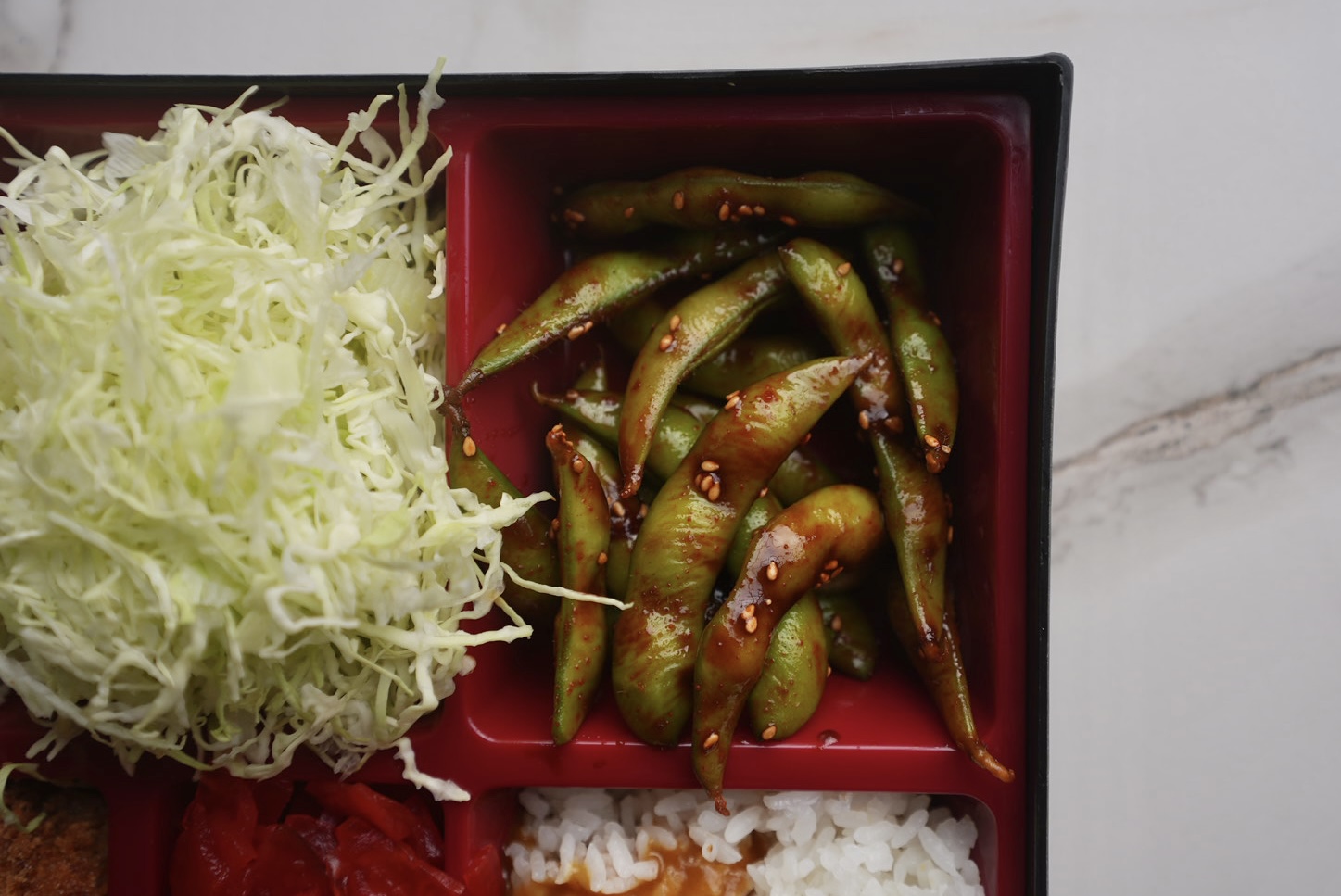
What I would give to have a Japanese convenience store by where I live. I would eat onigiri all the time
Me too! Time for another Japan trip!
I’m on a quest to find the best cooked onigiri fillings! Any thoughts?
Hi Marissa – I highly recommend karaage (Japanese fried chicken). I have a recipe for that on my blog. You can also cook any type of fish (salmon especially is popular) and use that. 🙂